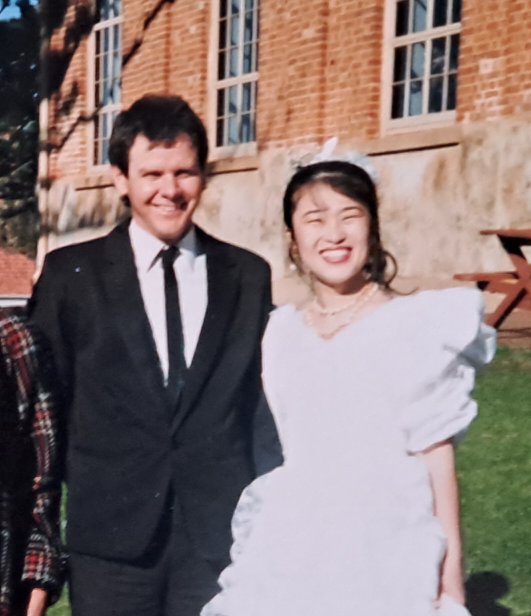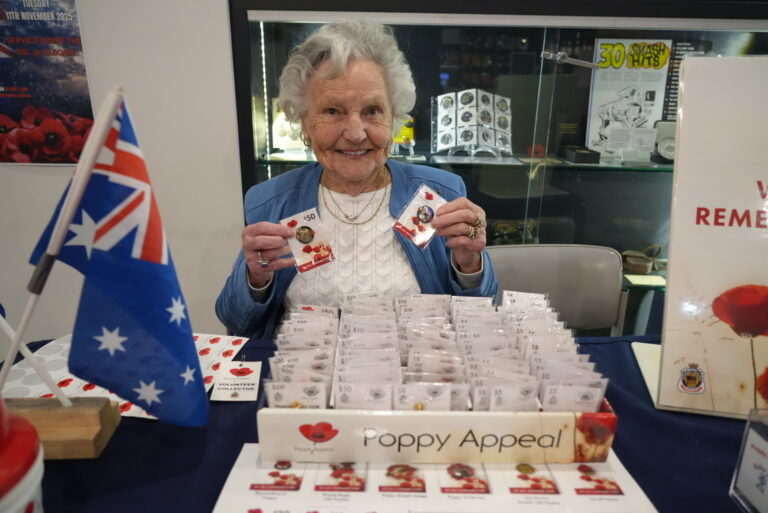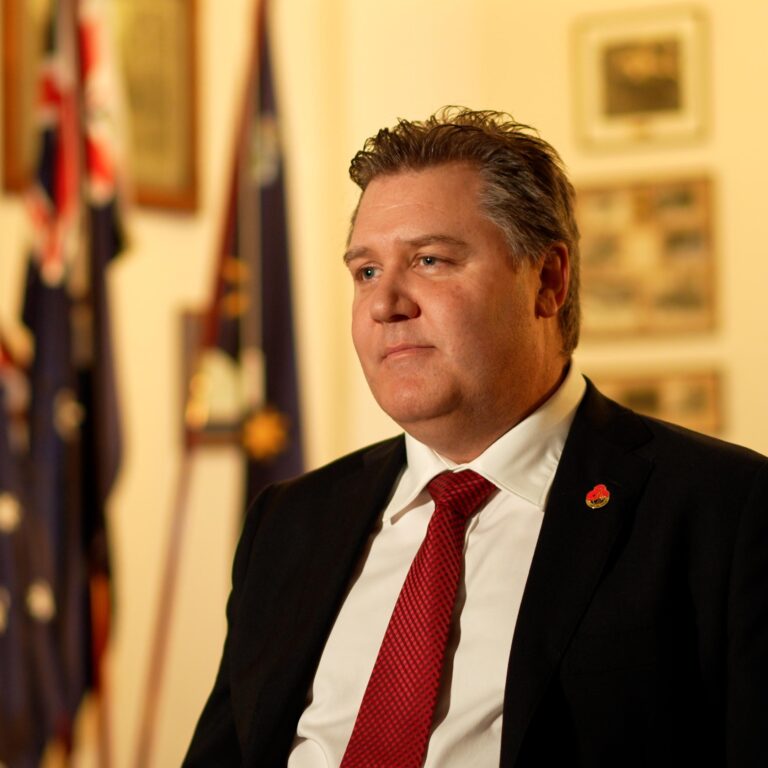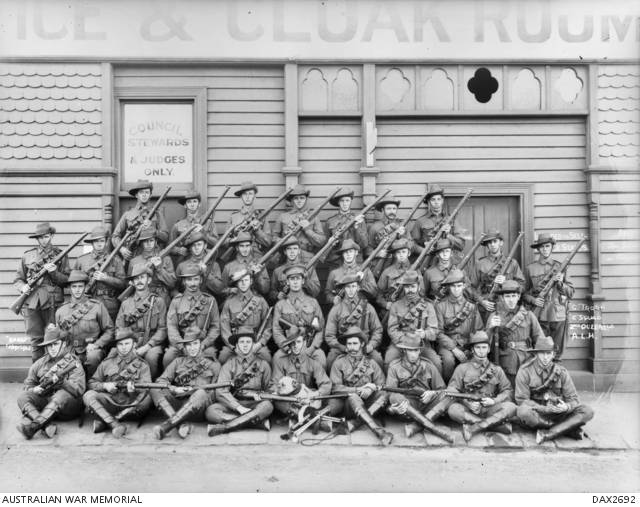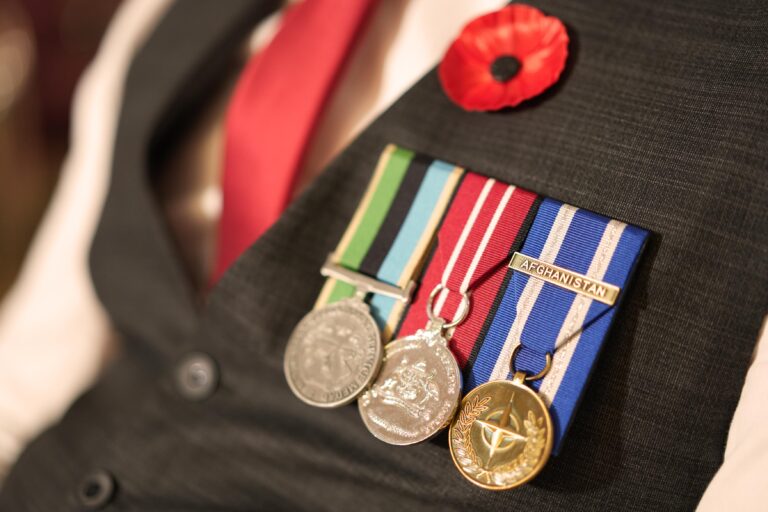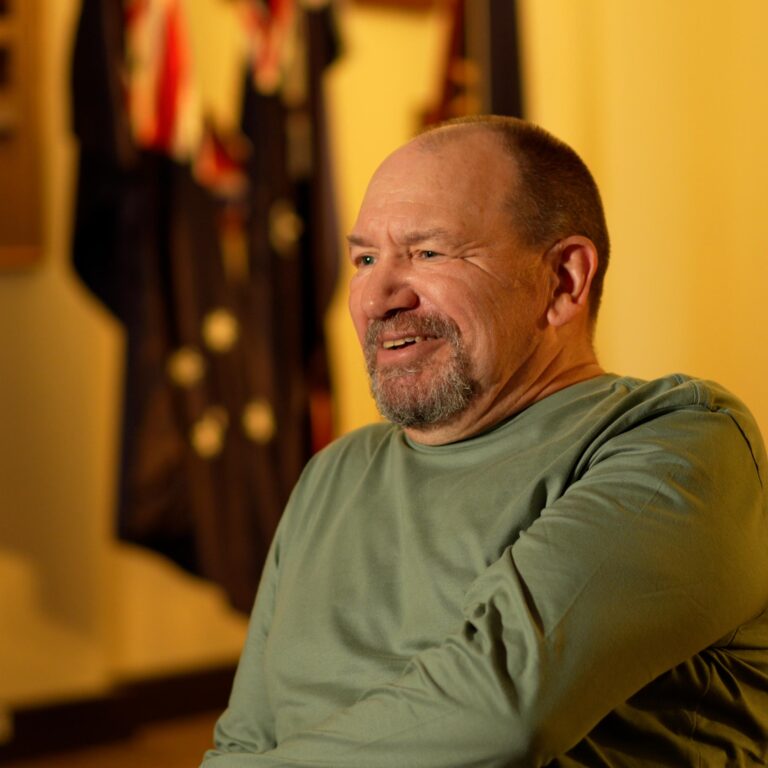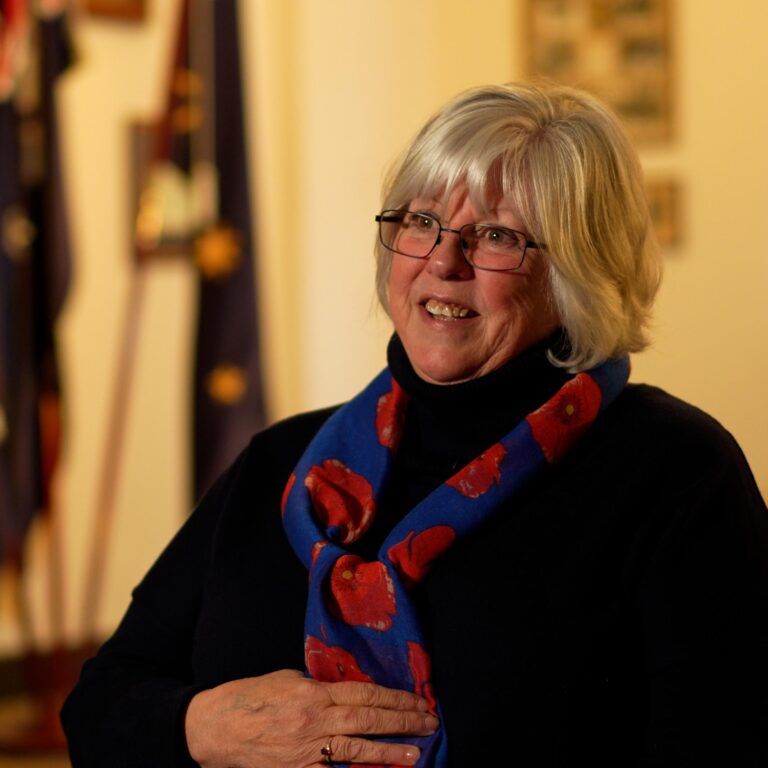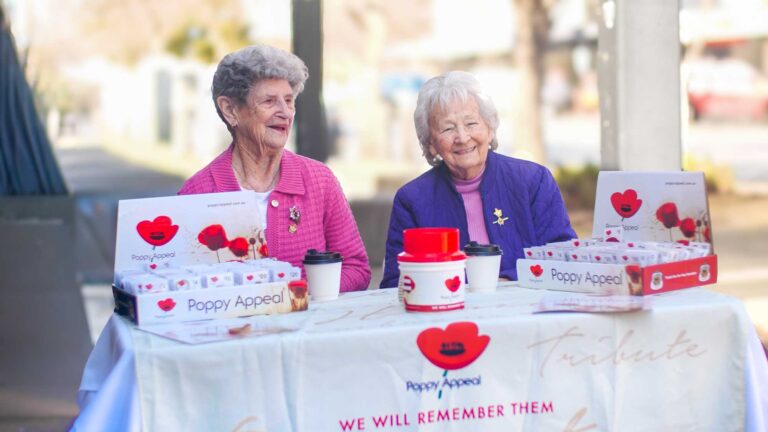REMEMBERING AUSTRALIA’S BATTLES

Written by Aileen Phillips
07 September 2022
“Men and women of Australia, we are at war with Japan.”
It was late 1941 when Australians gathered around their radios to hear those words of then Prime Minister, John Curtin – a profound moment hinting at what lay ahead.
Just weeks later the Japanese captured Rabaul, then Australian territory, on January 23rd 1942.
“Although history now tells us that Australia wasn’t under direct threat of invasion, it was certainly not the view of Australians at the time who felt very threatened. John Curtin saw significant troubles ahead,” says David Ross, President of the Battle for Australia Association New South Wales.
It wasn’t until the Fall of Singapore on the February 15th 1942 that the Prime Minister announced the battle for Australia had begun.
“Just as Dunkirk began the Battle for Britain, so does Singapore open the Battle for Australia.”
“It is now work or fight as we have never worked or fought before…”
The Japanese launched their first air raid on Darwin on February 19th the first physical contact of war in the country, destroying much of the town, as well as ships in its harbour.
In the months that followed, other Australian cities were bombed and Japanese Midget submarines launched an attack on Sydney Harbour. HMAS Kuttabul was sunk, killing 19 Australians.
“My grandparents lived on Sydney Harbour at Kirribilli at the time, and they shared in the drama that unfolded. They remembered the midget submarines getting into Sydney Harbour and the horror of the war coming to Sydney,” says David.
RSL Victoria President, Dr Robert Webster OAM says it’s important to remember what a challenging time it was for Australians.
“All of a sudden the war was a bit closer to home and in the minds of many Australians there was a feeling of fear and pessimism regarding the course of the war,” says Dr Webster.
Several battles played out on land, sea and in the air, which Australia fought to defend the country and push back the advancing Japanese.
These battles included the Battle of the Coral Sea, Milne Bay and Kokoda.
Whilst Kokoda may be one of the more prominent and well-known battles, David says the significance of the other battles must not be underestimated.
Often described as the battle that saved Australia, the Battle of the Coral Sea is the largest naval battle ever fought off Australia’s shores. On 4 to 8 May 1942, in the waters south-west of the Solomon Islands and east of New Guinea, the Allies prevented a Japanese seaborne invasion of Port Moresby. No Australians were killed, but the American aircraft carrier, USS Lexington, was sunk.
“Buna, Gona and Sanananda [The Battle of the Beachheads] is one of those lesser examples, and that was the first time Australian and American land forces fought together in the Pacific. There were heavy casualties on both sides and the battle really continued until late January 1943,” says David.
Despite the stellar efforts of all the Australians who fought in these battles, it wasn’t until 2008 that a day of national observance was declared.
It is understood that following a campaign by the RSL and Battle for Australia Commemoration Committee, the Governor-General of Australia, His Excellency, Major General Michael Jeffery, proclaimed the “Battle for Australia Day” to be a National Day of Remembrance.
“It probably doesn’t get the same exposure as some other days, but this is certainly one that Michael Jeffery thought so significant … that it should be commemorated,” says David.
The first Wednesday in September was chosen as Battle for Australia Day as it represents the first defeat of Japanese forces on land at the Battle of Milne Bay.
David says the Association is working to bring about greater awareness of the Battle for Australia.
“We are working on educational material to distribute to schools and looking at illustrated documents to provide in digital format with appropriate photographs and maps. We’ve also focused on getting school children involved in our annual service.”
David Ross says Battle for Australia Day is a time to pay tribute to those who sacrificed the most.
David says that we should not lose focus on the achievements of our forebears in 1942 in securing Australia right through to 1945 and the end of the war. Over 39,000 Australians died during World War Two, most of them in the campaigns in Asia and the Pacific.
Many more were wounded in action. Around 22,000 Australians became prisoners of the Japanese during the war, of whom some 8000 lost their lives.
Picture credit: Australian War Memorial



